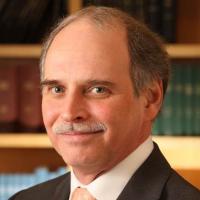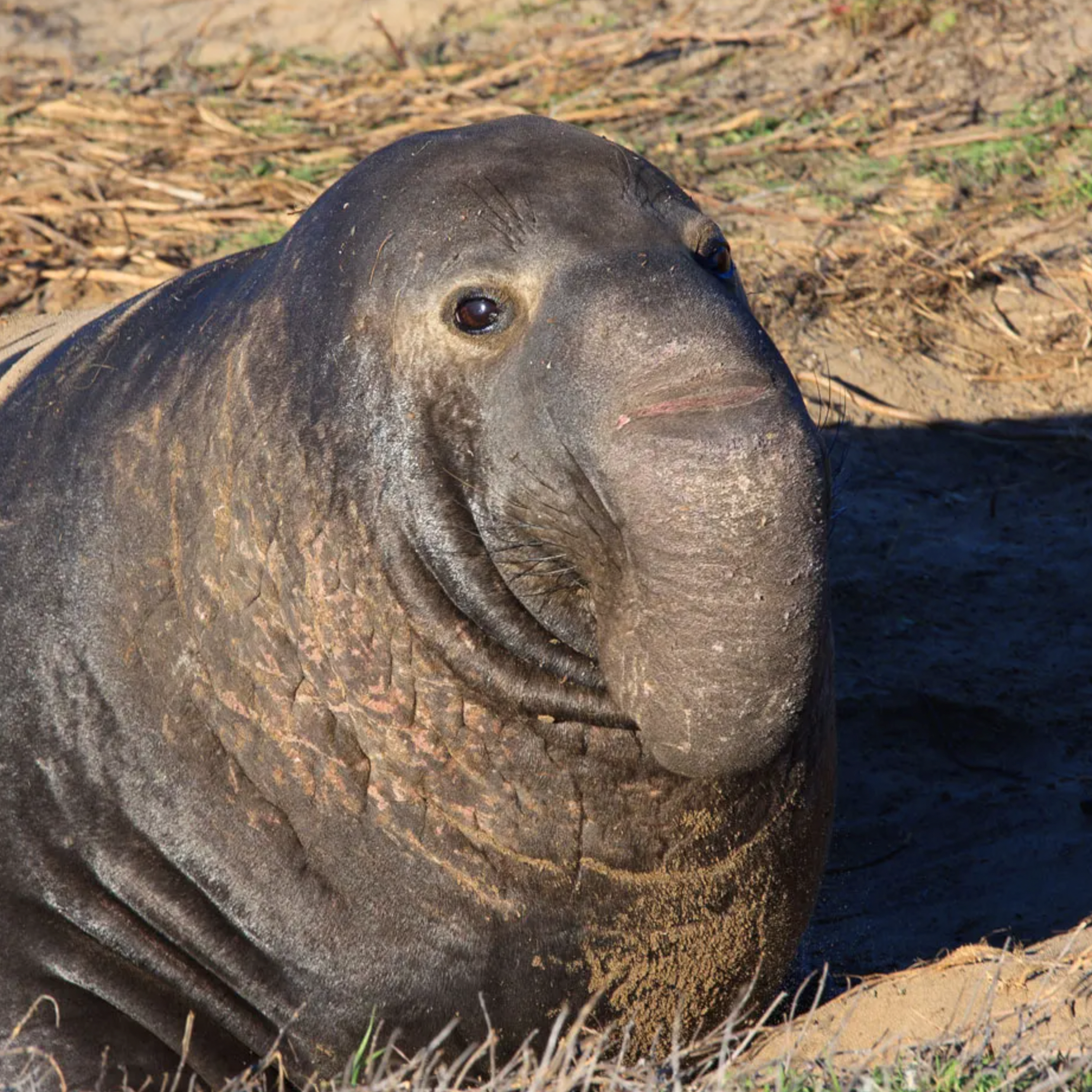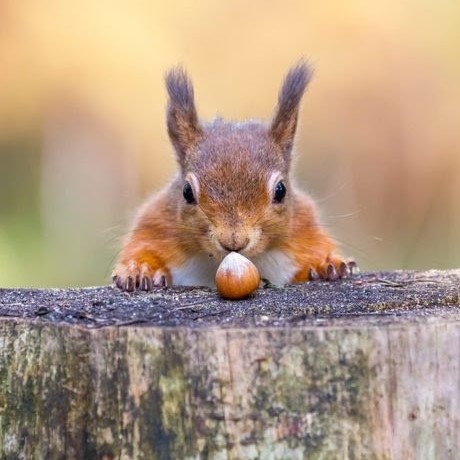
Brent French, Ph.D.
B.S., Biochemistry, Louisiana State University, 1982
Ph.D., Biochemistry, Louisiana State University, 1987
Interplay of Nitric Oxide with Superoxide in Health and Disease
The basic research focus of our laboratory is to determine the physiological significance of the balance that exists between nitric oxide and superoxide in the cardiovascular systems of higher mammals. Recent investigations indicate that this balance becomes critical in the setting of heart attack. Nitric oxide and superoxide are free radicals that react spontaneously to form peroxynitrite, a very destructive reactive oxygen species. Basic research efforts in the laboratory are focused on determining the roles played by nitric oxide, superoxide and peroxynitrite in both the acute and chronic settings of myocardial infarction.Novel Therapies for Cardioprotection and Cardiopreservation
The applied research focus of the laboratory is to develop novel therapies to protect the intact mammalian heart against myocardial infarction and heart failure. An interdisciplinary approach is used to integrate recent advances in molecular biology with cutting-edge imaging techniques such as MRI and echocardiography to expedite research by accurately measuring the effect of novel therapies on cardiovascular disease. Accurate animal models of myocardial stunning, infarction and left ventricular remodeling after myocardial infarction have been implemented in rabbits, rats and mice. Using direct gene transfer techniques in these models, we have previously shown that either superoxide dismutase or nitric oxide synthase can provide the heart with substantial protection against myocardial infarction (i.e., reduce the extent of myocardial infarction by > 50%). Recently, the excess production of superoxide and nitric oxide have also been implicated in the progressive loss of cardiac function that characterizes heart failure after myocardial infarction. Thus we anticipate that gene therapy with superoxide dismutase may also prove beneficial in the setting of left ventricular remodeling after myocardial infarction by reducing the formation of peroxynitrite and thereby controlling oxidative damage in the heart and vasculature.Meet the Team:

Christopher Waters
Chris is working towards combining multiple modalities of cardiac and tissue imaging to measure scar formation in post-infarction mouse hearts, with a goal of using the information to guide therapies aimed at reducing scar size and improving cardiac regeneration. Additional projects include development and optimization of nanobody therapeutics against infectious disease targets, including SARS-CoV-2.

Samuel Sklar
Samis developing and validating computational models to optimize AAV-mediated gene therapies in the context of an EcSOD therapy for post-MI injury. These models include a pharmacokinetic module of IV administered AAV and an agent based model aiming to predict the impacts specific mutations of EcSOD would have on its efficacy as a post-MI gene therapy. Additional work includes an agent based model simulating the impact public health measure compliance had on the SARS-CoV-2 pandemic in Virginia.

Lanlin Chen
Lab Undergraduates:

Fady Attia

Nyota Patel

Pratham Sriskandarajah
Lab Alumni:
